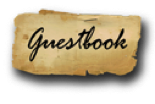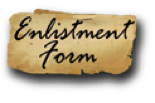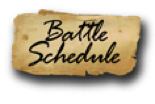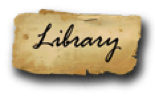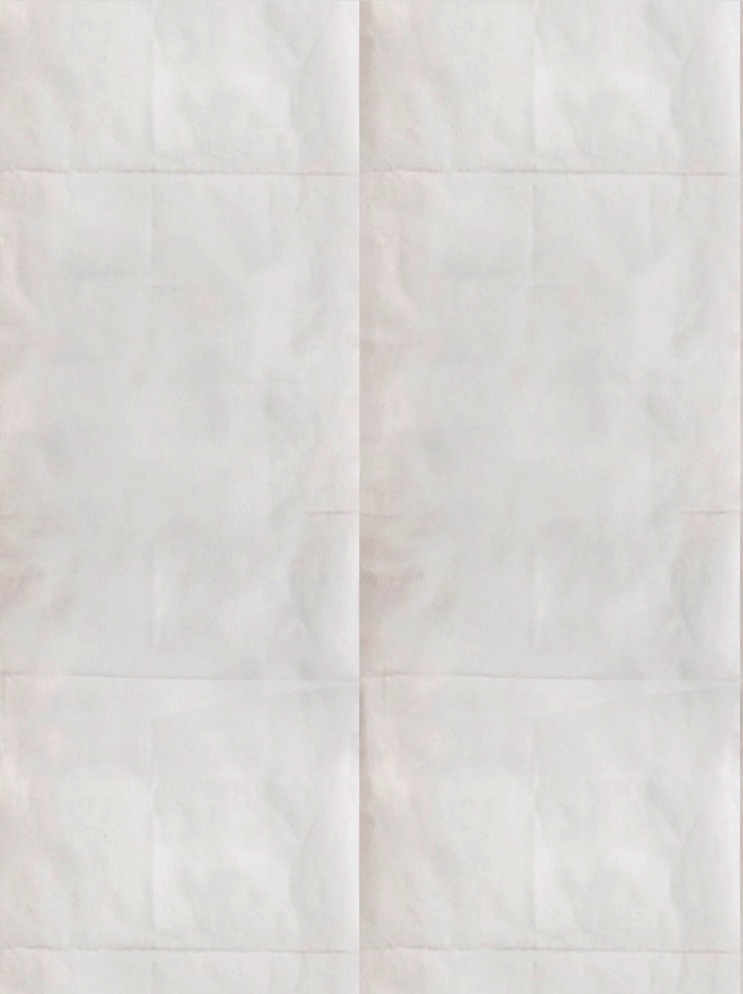

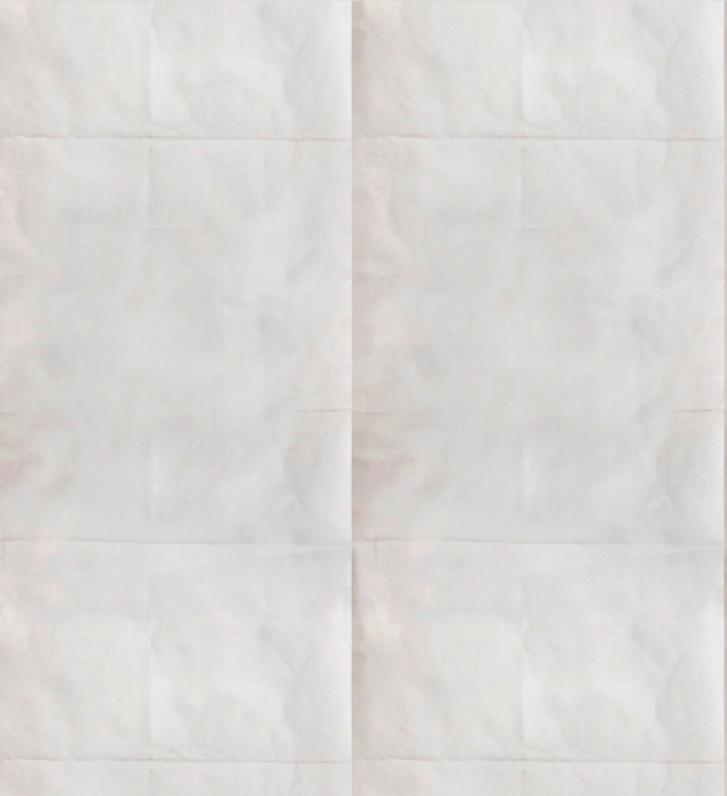


How to Buy, Pack and Cook
Links of interest:
* Getting Your Gear (Pricing is outdated but vendor selection is excellent)
* Knapsack and Haversack Packing
Ask someone who knows before you buy!
The objective of these guidelines is to assist the new reenactor/member create the most authentic impression possible. Wherever possible, several sources are provided for specific items. Prices vary between suppliers or "sutlers", and as any vet can tell you, there is no one sutler that has the best quality or price on everything. Most experienced reenactors have wasted LOTS of money finding out who sells the best quality and most correct gear. Take an experienced reenactor with you when you visit the sutlers at an event. When you're mail ordering, consult an old hand before ordering. Don't forget, a plain, generic impression of the common Confederate soldier is desired.
Keep in mind that "captured" Federal equipment is not only versatile for different theaters and time periods of the war, but very prevalent in the ranks of the Confederate army during the war. Contemporary observers note that Federal caps, trousers, ponchos, knapsacks, and weapons seemed almost as common in the Confederate Army as in the Union army.
The total cost of purchasing a complete "kit" is certainly overwhelming. Reenacting can be expensive. No one expects you to show up at your first event with everything. Most seasoned reenactors have spent years putting together their equipment. Even so, the research of uniforms and equipment is constantly being updated, and the quality of reproduction gear improving. Unfortunately, most of the very authentic stuff is more expensive than mediocre products. As stated above, wherever possible, more than one source is given with this handout for a particular item. It's likely that as you continue in one of the fastest growing hobbies, you will replace items, or even purchase more than one uniform.
Buy right the first time!
Our advice is to buy right the first time. In other words, don't be tempted to buy that inexpensive four-button kersey wool sack coat because you are excited to own your own gear. Nothing is worse than seeing a fresh fish wearing gear that is INCORRECT because they chose to buy it without consulting a veteran. We have ALL bought gear we have later regretted purchasing.
Uniforms & Equipment
Jackets
Type II Richmond Depot - color will be gray, or a gray-brown mix, logwood, sumac and other organic based dyes are preferred. The material should be jean cloth or satinette. Type II jackets have a nine button front, belt loops and epaulets. Button holes and top stitching should be hand stitched. A Type I jacket would also be acceptable.
While frock coats and sack coats appeared and reappeared throughout the war, by far the most common jacket worn by soldiers in the Army of Northern Virginia was the jacket classified as the "Richmond Depot" shell jacket by modern researchers. This jacket appeared in late 1861, and was issued by the Confederate government to troops from all states serving with the Army of Northern Virginia. Research has categorized these jackets into three types, Richmond Type I, II, and III. The Type II made an appearance in mid '62 and continued to be issued throughout the war. This jacket was made almost exclusively in jean cloth and satinette. Both are a wool and cotton blend, and dyed using dyes available in the rural south, including walnut, sumac, logwood, and other vegetable based dyes. Pure wool kersey or broadcloth is not correct for this jacket, although it is cheaper to buy in modern times, this was not the case in 19th century America. Most of the uniform materiel offered by modern sutlers could not be produced in the 1860's, or was VERY expensive.
The central government supplied brass block "I"(infantry) "C" (cavalry) or "A" (artillery) buttons. Soldiers that wished to purchased state seal buttons or replaced lost buttons with captured U.S. uniform buttons or wood buttons. Block "I" or scripted "I" buttons are desirable as they do not designate any particular state or unit. This is a good feature if you happen to fall in with another unit at an event.
Trousers
Richmond Depot or "other issue" army pants, or civilian pants are acceptable. As with jackets, while there are some surviving examples of C.S. issue trousers made of pure wool, most are made of jean cloth. U.S. issue sky-blue kersey trousers were in wide use in the Confederate army. Be sure and order period braces (suspenders).
You will also need a:
-period shirt - Civilian calico or other pattern, or military issue
-period wool, cotton or cotton/wool blend socks (recommend at least two pair)
-wool blanket - Gray, brown, tan, or dark blue.
Leather gear & other accouterments
-cap pouch
-cartridge box with or without tins & sling (Infantry pattern) Either a U.S. pattern, or Richmond Arsenal (preferred)
-leather belt with wishbone or Georgia frame buckle.
C.S. leather should be blacked, but oiled russet was issued at different times and is acceptable. Buckles displaying the Virginia state seal are pre-war militia buckles, were expensive to produce during the war, and were uncommon after 1861. The central government arsenal in Richmond, Virginia frequently issued roller buckles. Forked tongue (wish-bone) and "Georgia" frame buckles are also appropriate and are a more authentic choice. English or Enfield accouterments are encouraged, especially if you carry an Enfield rifle.
Haversack
A haversack is a cloth bag with a shoulder strap used to carry rations and small items. U.S. patterns made of tarred canvas, C.S. patterns of plain canvas, or homemade type versions made of striped pillow ticking or period carpet bag material.
Canteen
U.S. issue "smooth side" or "bulls eye" with sky, dark blue, or jean cloth cover, or C.S. issue tin.
Most wood canteen reproductions available for sale by the sutlers are NOT correct. Wood canteens also require more care and tend to leak unless they have a plastic lining. This item is required before you can take the field. U.S. issue canteens hold the most water and are the most durable. It is recommended that you purchase the U.S. issue canteen first.
Headgear
Slouch hat, C.S. issue jean cloth kepi or forage cap, or U.S. issue forage cap A brimmed "slouch" hat is more common than a kepi, especially for a mid or late war impression. Both are acceptable. As with jackets, the government soon found that it was easier to make kepis or forage caps in plain gray, and issue them to all branches. It is recommended that you purchase a slouch hat from a civil war clothing supplier rather than attempt to alter a modern hat. Modern or cowboy type hats are very easy to spot on the field and are not correct, right Mitch?
Shoes (Brogans)
Brogans should be at the top of your list of items to purchase!
U.S., C.S. issue, or civilian work shoes. These may be blacked or russet. This is one of the most expensive items to buy when putting together your kit. If at all possible, try and purchase them at an event so you can get the correct fit. Marching and drill are hot and uncomfortable enough without adding shoes that fit poorly. When ordering, send the maker a tracing of your foot with your period wool sock on, or even a used insole (that isn't too smelly !!). It is recommended that you have the maker or supplier add the heel plate at the time of order. This will add years to your shoe heels. A good pair of shoes will last a long time with a little care.
Weapon
Enfield 3 band rifle; Springfield rifle (1861 or 1863 model) or Richmond variation. You will also need a bayonet w/scabbard to fit individual weapon (NOTE: It's best to purchase the bayonet at the same time you purchase the rifle to insure proper fit). Buy a Confederate scabbard, trust me!
Gear to improve your impression
-poncho or ground cloth (always plan for rain! Strongly recommended)
-period wallet
-dog tent or shelter half (NO A-FRAMES or WALL TENTS!)
-tin cup or coffee boiler (also called a "mucket")
-tin plate and eating utensils
-housewife (sewing kit)
-period rifle cleaning kit (highly recommended)
-jack knife
-rolled iron skillet
-overcoat (U.S., C.S., or civilian)
-extra shirt
-vest
-knapsack (U.S., C.S., or British)
-canteen half
Glossary of textile terms:
Broadcloth- A twilled woolen cloth with a smooth lustrous face and dense texture.
Homespun- Any loosely woven woolen or linen garment made with handspun thread. Most often a plain weave.
Jean Cloth- A twilled fabric, most often used in work garments. "Jean wool" is made with a cotton warp and a woolen weft or fill, showing heavy diagonal wool ribbing.
Kersey- A heavy grade of all wool, twill fabric with a pronounced diagonal pattern. Named for the town in England where it originated, it was most commonly used in work clothes and uniforms.
Linsey-Woolsey- A variety of homespun popular during pioneer days and made with a heavy linen or flax warp and wool weft, hence the name "Linsey" (linen)/ "Woolsey" (woolen).
Satinette- A woolen fill, cotton warp, satin weave cloth, made to look like all wool broadcloth by having the woolen weft thrown to the front and the cotton warp hidden on the inner surface.
Twill- A woven textile in which the weft threads pass over one and under two or more warp threads, resulting in a pattern of diagonal lines. Most jean cloths are a so-called 2/1 or "two over one" twill.
Warp- The heavier threads in a weave, they extend the length of the loom. and are crossed by the shuttle or weft.
Weft- The yarn used on the shuttle, which crosses the warp during weaving. Sometimes referred to as the "fill" or "woof".
